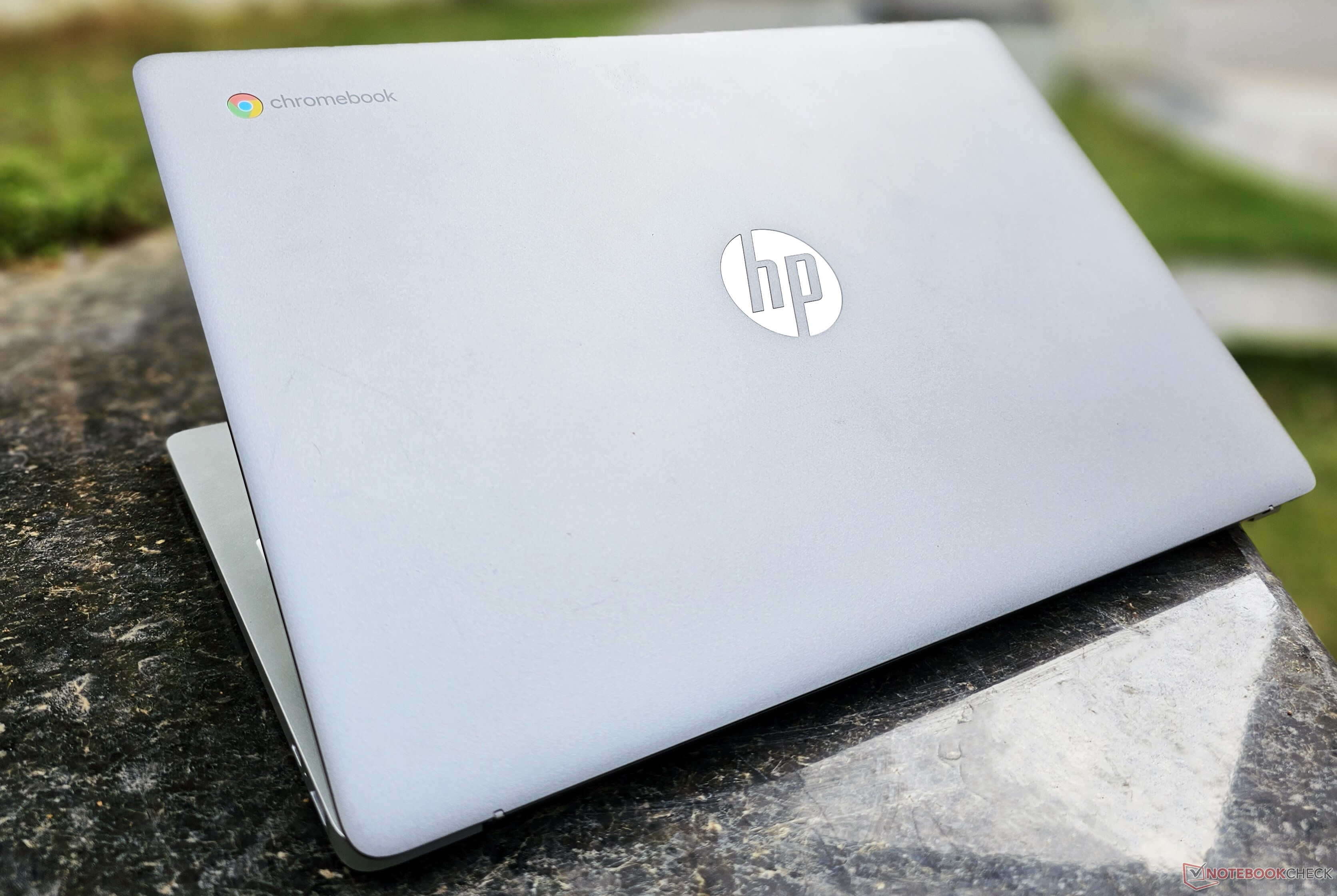
The HP Chromebook 15a tries to present an affordable option to students, elders, and to those who just require a cheap tertiary internet device but cuts way too many corners in the process.
Construction wise, the Chromebook 15a gets the basics right and should be able to withstand a young student’s careless handling. The 2×2 WLAN card provides decent networking without serious speed drops. Input devices are sufficient for educational use — just don’t expect to draft your next magnum opus on this.
The Chromebook 15a’s display is among its biggest let-downs. The subpar TN panel is visually unimpressive with its drab colors, dim illumination, and terrible viewing angles. The absence of PWM is the only saving grace.
The HP Chromebook 15a brings the ease and simplicity of Chrome OS to students and casual web surfers. It tries to offer a budget-friendly internet journey but takes too many detours.”
The performance is fine for online tasks, including juggling a multitude of tabs. Support for Linux and Android raises expectations for using more robust apps, but unfortunately any moderately demanding task can make the Chromebook 15a gasp for breath due to its feeble SoC.
Power consumption is thrifty, with respectable Wi-Fi battery run times. However, ARM-powered Chromebooks such as the Lenovo IdeaPad Duet 5 Chromebook and the HP Chromebook x2 11 have a clear advantage in this regard.
Purchasing a viable sub-₹30,000 (sub-US$350) laptop can be challenging, but there are quite a few options on the market such as the Core i3-1115G4-powered Acer One, Ryzen 3 3250U-powered HP 255, and local picks such as the Core i3 10th gen-equipped Infinix INBook Y1 Plus.
All these offer more capable processors, better graphics, more storage, and reasonably good displays on paper, making it hard to recommend the Chromebook 15a.
HP might have its rationale, but we all deserve better entry-level devices in 2023.
Source link
 notebook.co.id informasi dan review notebook laptop tablet dan pc
notebook.co.id informasi dan review notebook laptop tablet dan pc